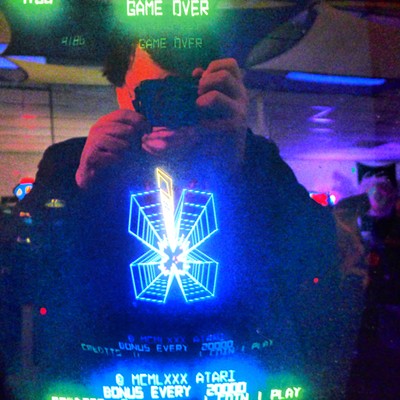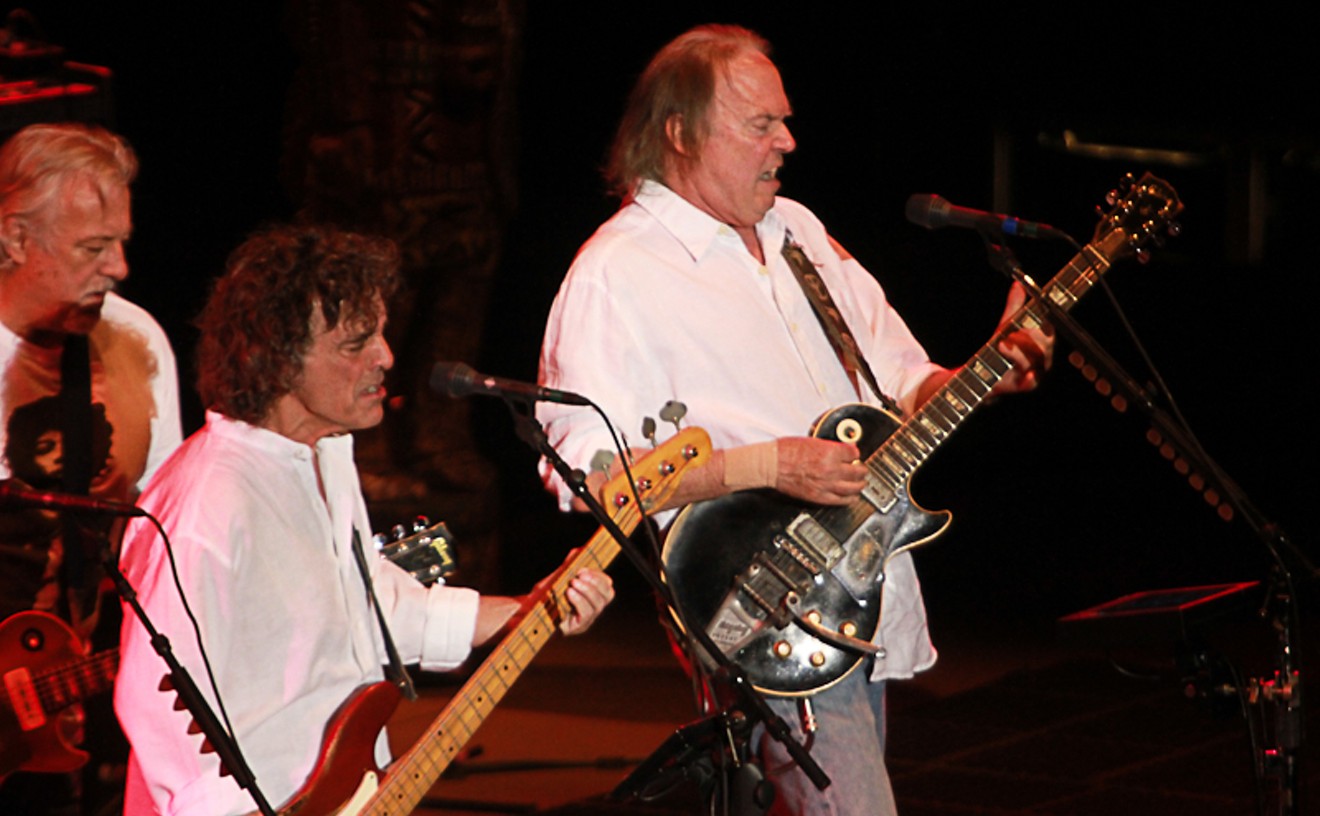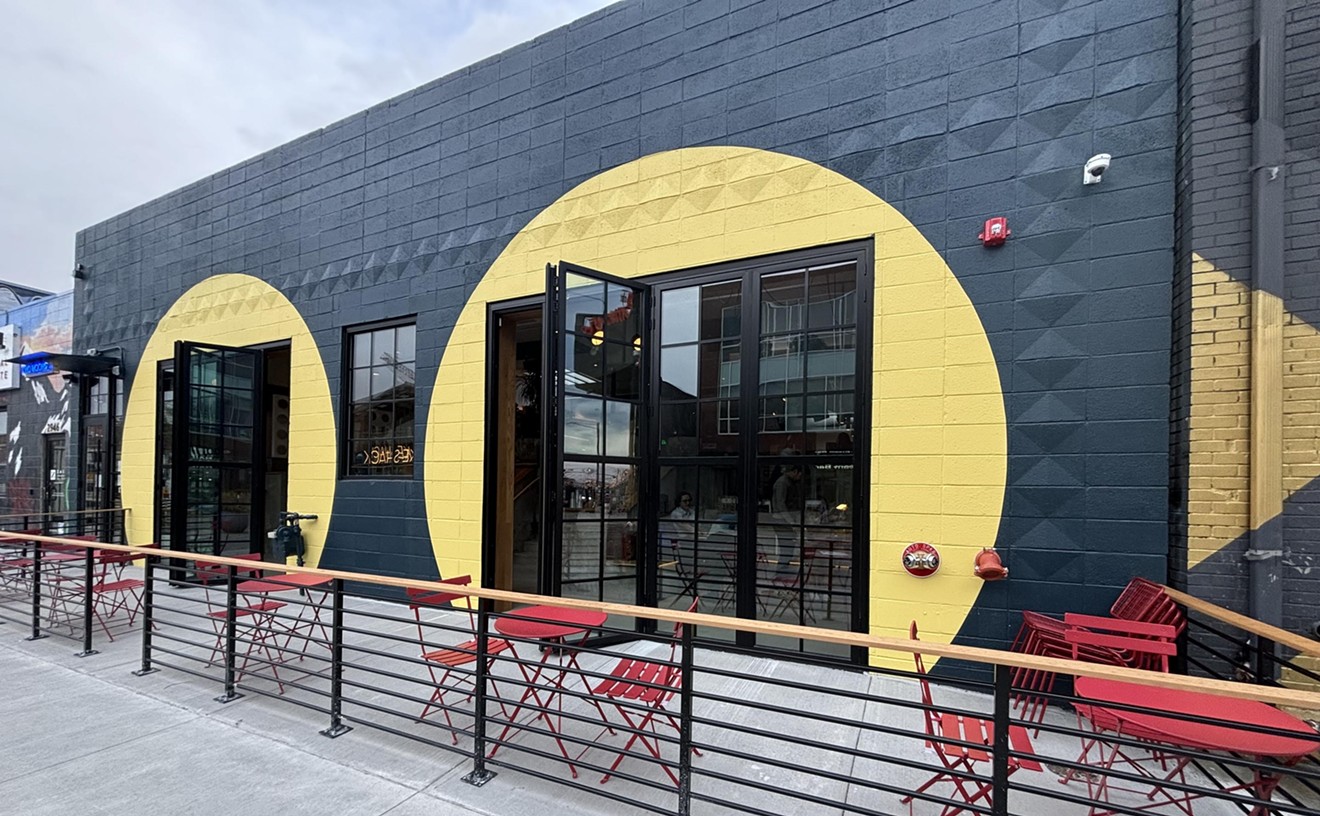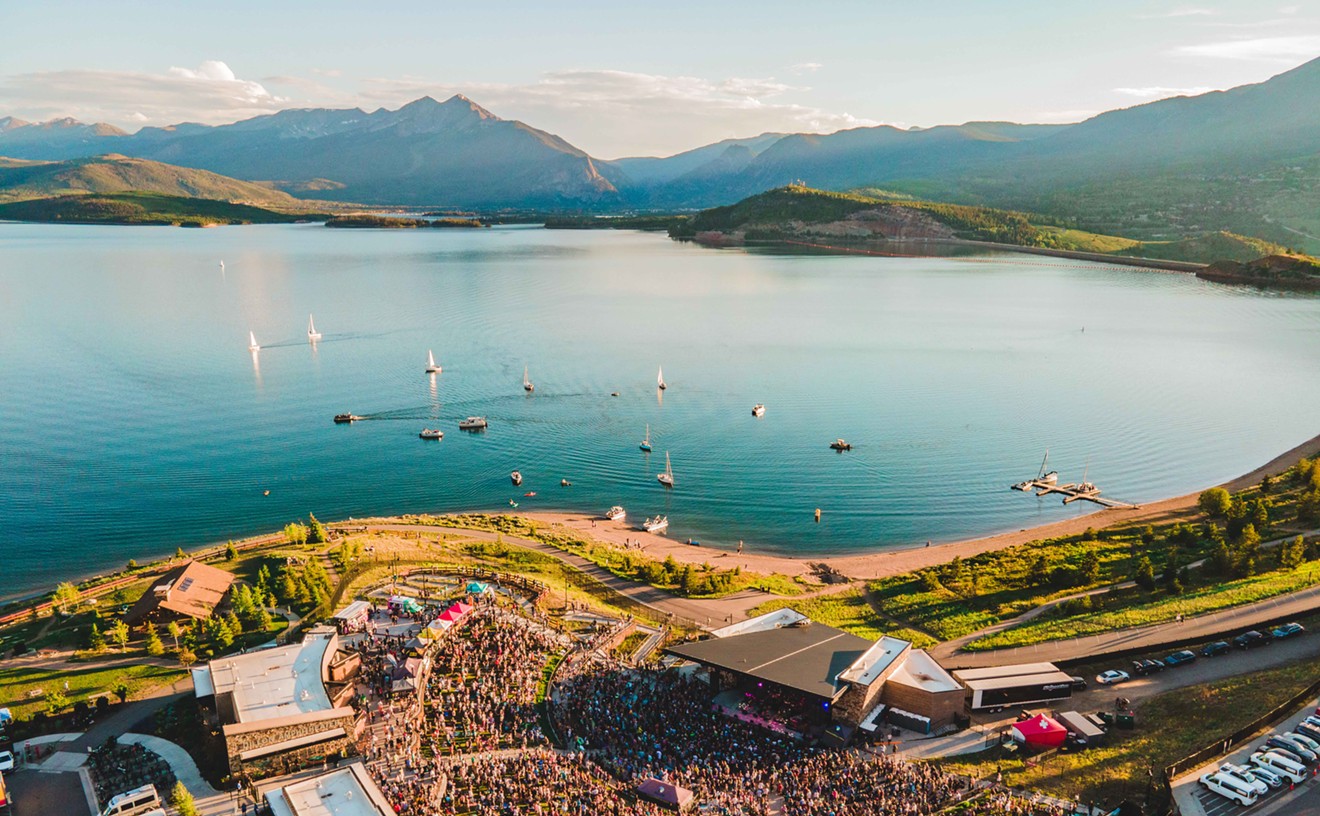A nationwide crackdown on DIY spaces following the tragic Ghost Ship fire in Oakland that claimed 36 lives has led many in the underground music scene to ask: Is DIY dead? The obvious answer, after last week's Denver Noise Fest, is a loud, very loud, very noisy no. DIY music will survive.
The festival was originally scheduled to take place at longstanding Denver DIY venues Glob and Rhinoceropolis on December 21 and 22. When the Denver Fire Department deemed the spaces unsafe on December 8, the future of the festival was in doubt.
Underground-music organizers reached out to venues and relocated the event to nearby Globe Hall. Since this year's festival was smaller than in years past, the transition wasn't too hard to accommodate.
Noise Fest came at the right time, when the local DIY scene needed a sense of continuity.
Noise isn't exactly the world's most popular form of music. Much noise isn't even music, per se, but an experience expressed with sound. Its survival has depended on underground venues operated by people unworried about commercial motivations. Beyond an event like Denver Noise Fest, the genre is mostly heard at DIY spaces, art galleries and the like.
Noise sounds something like this: If punk and garage rock strip rock and roll to its roots, noise goes far beyond those roots into abstraction wedded to visceral experience. Noise can be accessible, but only by audiences willing to shirk their musical expectations.
The first two editions of Denver Noise Fest happened at the now defunct Old Curtis Street Bar because then-owner Kosta Razatos was adventurous and open-minded enough to host it — even if it wasn't guaranteed to be good for business. Clearly, Globe Hall owner Jeff Cornelius shares a similar experimental bent.
Though Noise Fest happened at an aboveground venue, the festival was still a DIY operation. Organizers knew they wouldn't turn a profit, move merch or attract commercial attention. The event was all about musicians strengthening a community forged from years spent playing DIY spaces.
John Gross, the spokesperson for Noise Fest, was one of the people kicked out of Rhinoceropolis. Despite his life having been thrown into chaos, he made sure the festival continued. People had made travel plans around it, and he knew the event would reaffirm underground music culture.
The diversity of artists and performances was enjoyable and defied expectations of what music should be.
Seattle-based harsh noise sculptor, adc~ , which is unlikely to ever get airtime on OpenAir, sculpted a sonic world that was engulfing and harrowing, yet meditative.
Grandpa Lies Again was something like what might have happened had Sam Kinison been born thirty years later and launched into a self-deprecating rant while making harsh drones and undressing, reveling in how that might make some people uncomfortable.
Many Blessings demonstrated how the most interesting extreme metal artists have also used their instruments in radically different ways to make sounds as brutal and as challenging as the ones they make with their rock bands. Ethan McCarthy of Primitive Man is no stranger to this process, and Many Blessings is his latest foray into extreme noise.
Sheet Metal Skingraft might have been just a harsh-noise project, but Roland Dunkerley infused his performance with playfulness, making light of the absurdity of some of the sounds he was able to mix together.
Slow Slow Loris bridged the gap between Demdike Stare-esque, dark, abstract dance music and Diamanda Galas' terrifying mid-to-late-’80s period.
Tokyo's Youko Heidy also incorporated nudity, unusual visuals and avant-garde dancing, with disorienting electronic soundscapes incorporating voices on the verge of hysteria.
And Travis Sturm, of Orchiz3ro, gave the whole event an otherworldly quality with his endlessly evolving projections.
The festival was no elegy for a dead DIY scene. Rather, it was one of the first signs — in Denver, anyway — that the DIY world, where noise has long been welcome, can and will continue, even if it has to operate under slightly different terms in the wake of the evictions. DIY, after all, is a state of mind and an attitude, and not beholden to a specific time and place.
That the Denver Noise Fest, in its seventh year, could draw a sizable crowd suggests that while tragedy can create major setbacks for the DIY art and music world, it won't destroy the scene.
[
{
"name": "Air - MediumRectangle - Inline Content - Mobile Display Size",
"component": "12017618",
"insertPoint": "2",
"requiredCountToDisplay": "2"
},{
"name": "Editor Picks",
"component": "17242653",
"insertPoint": "4",
"requiredCountToDisplay": "1"
},{
"name": "Inline Links",
"component": "18838239",
"insertPoint": "8th",
"startingPoint": 8,
"requiredCountToDisplay": "7",
"maxInsertions": 25
},{
"name": "Air - MediumRectangle - Combo - Inline Content",
"component": "17261320",
"insertPoint": "8th",
"startingPoint": 8,
"requiredCountToDisplay": "7",
"maxInsertions": 25
},{
"name": "Inline Links",
"component": "18838239",
"insertPoint": "8th",
"startingPoint": 12,
"requiredCountToDisplay": "11",
"maxInsertions": 25
},{
"name": "Air - Leaderboard Tower - Combo - Inline Content",
"component": "17261321",
"insertPoint": "8th",
"startingPoint": 12,
"requiredCountToDisplay": "11",
"maxInsertions": 25
}
]











